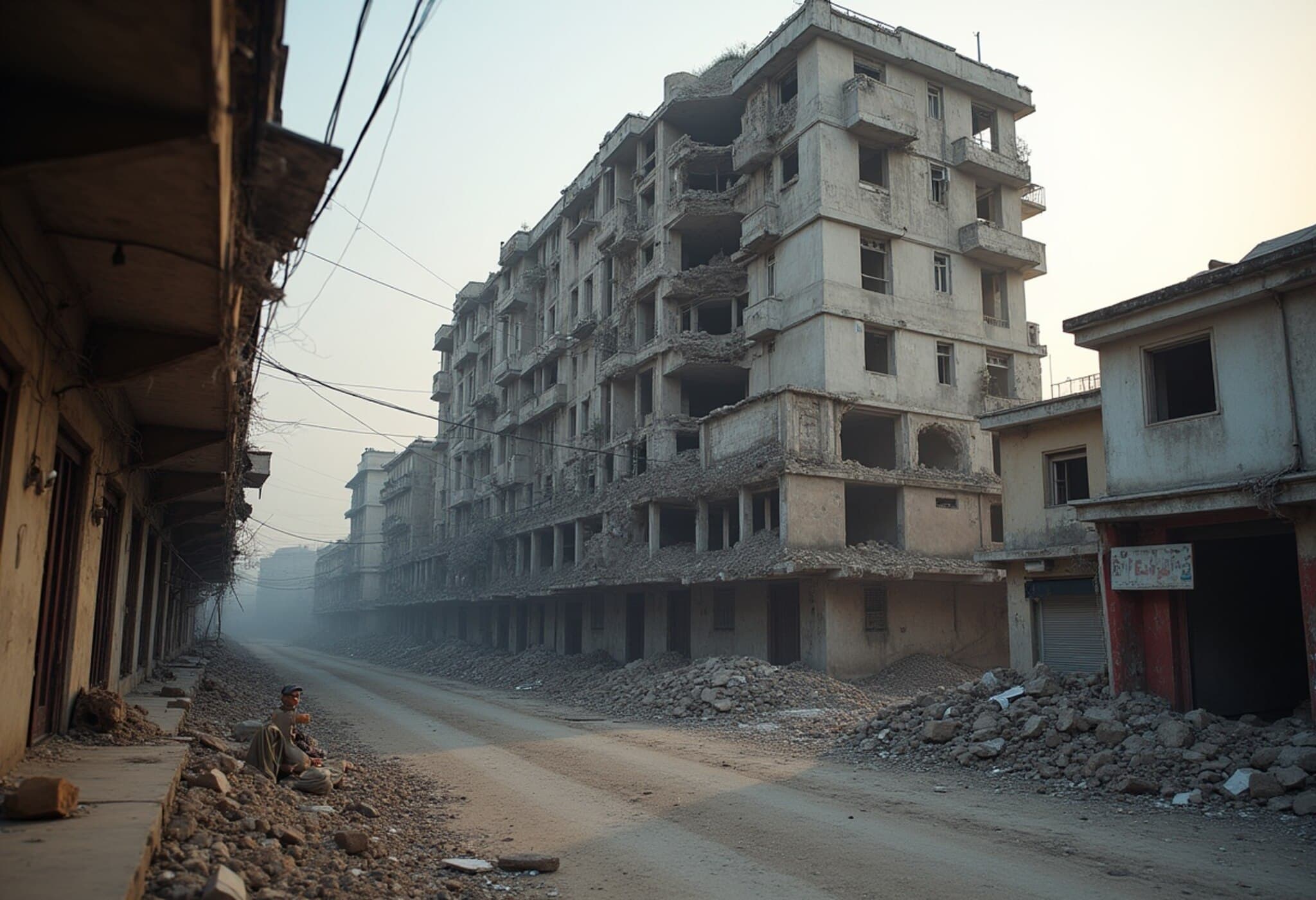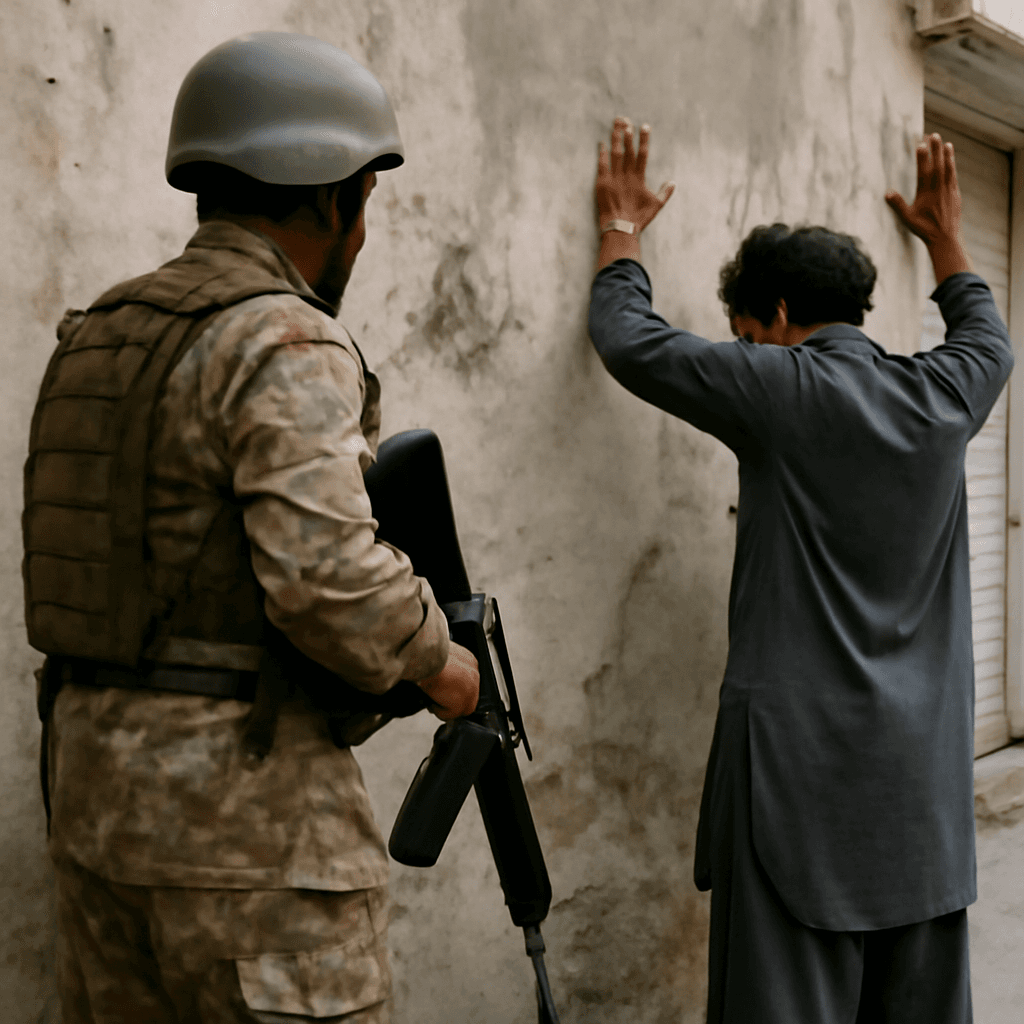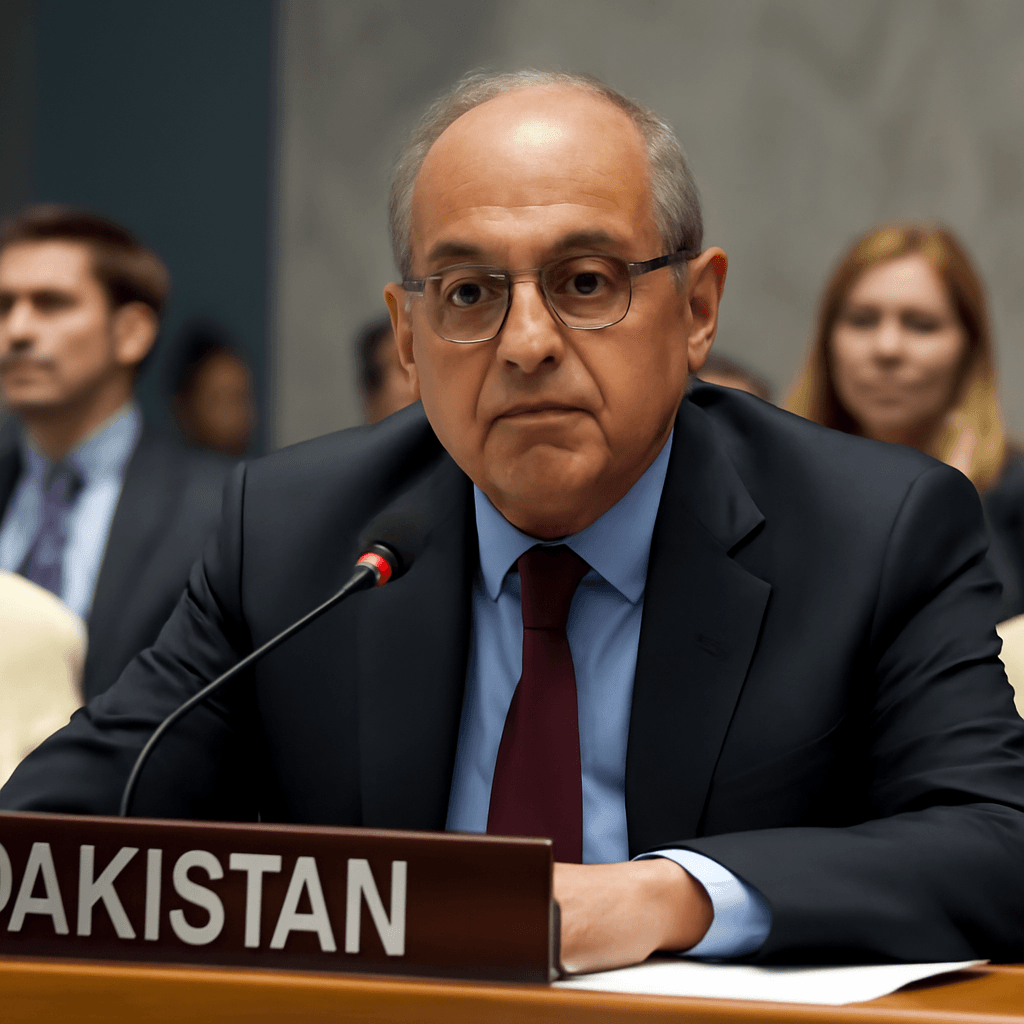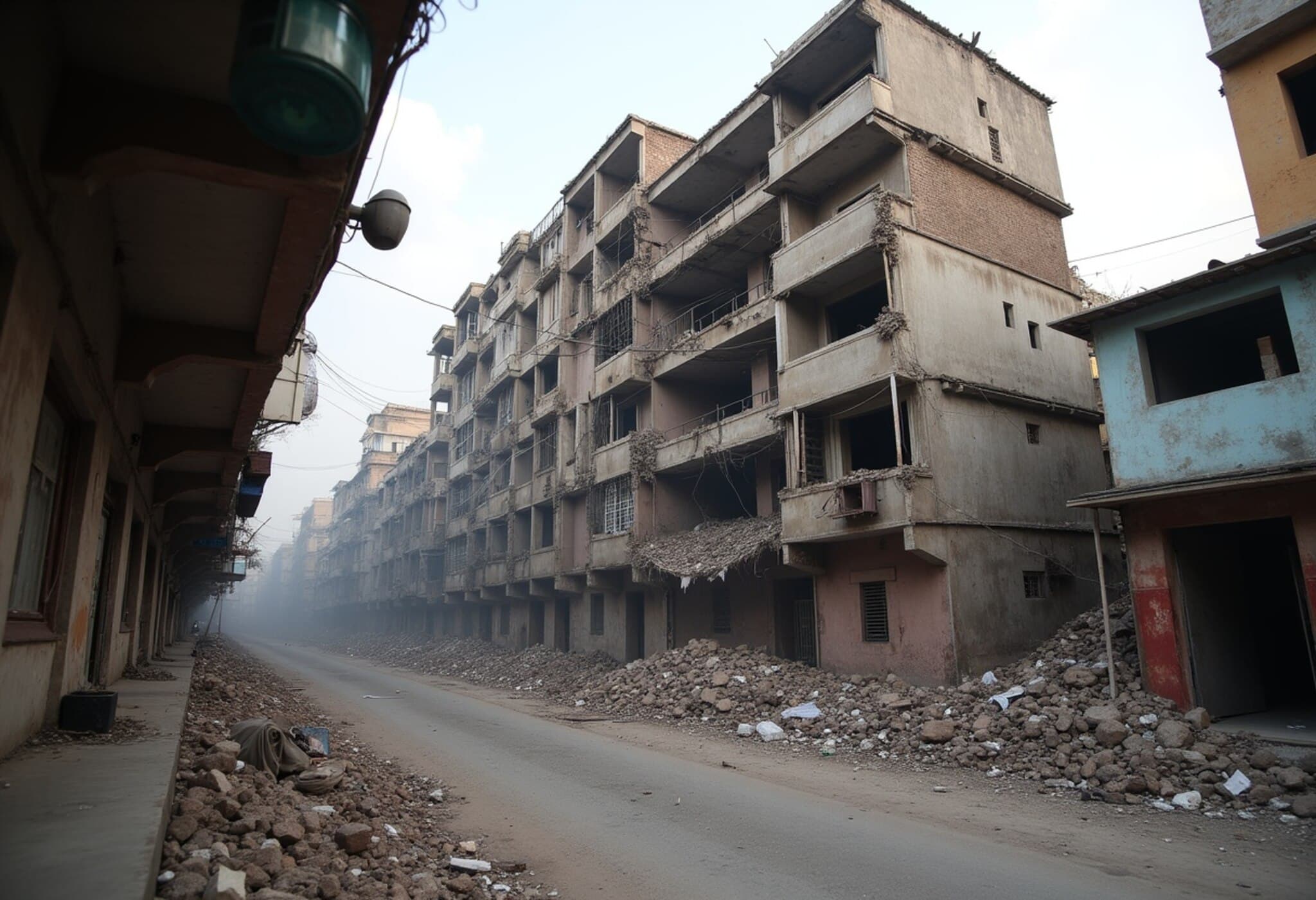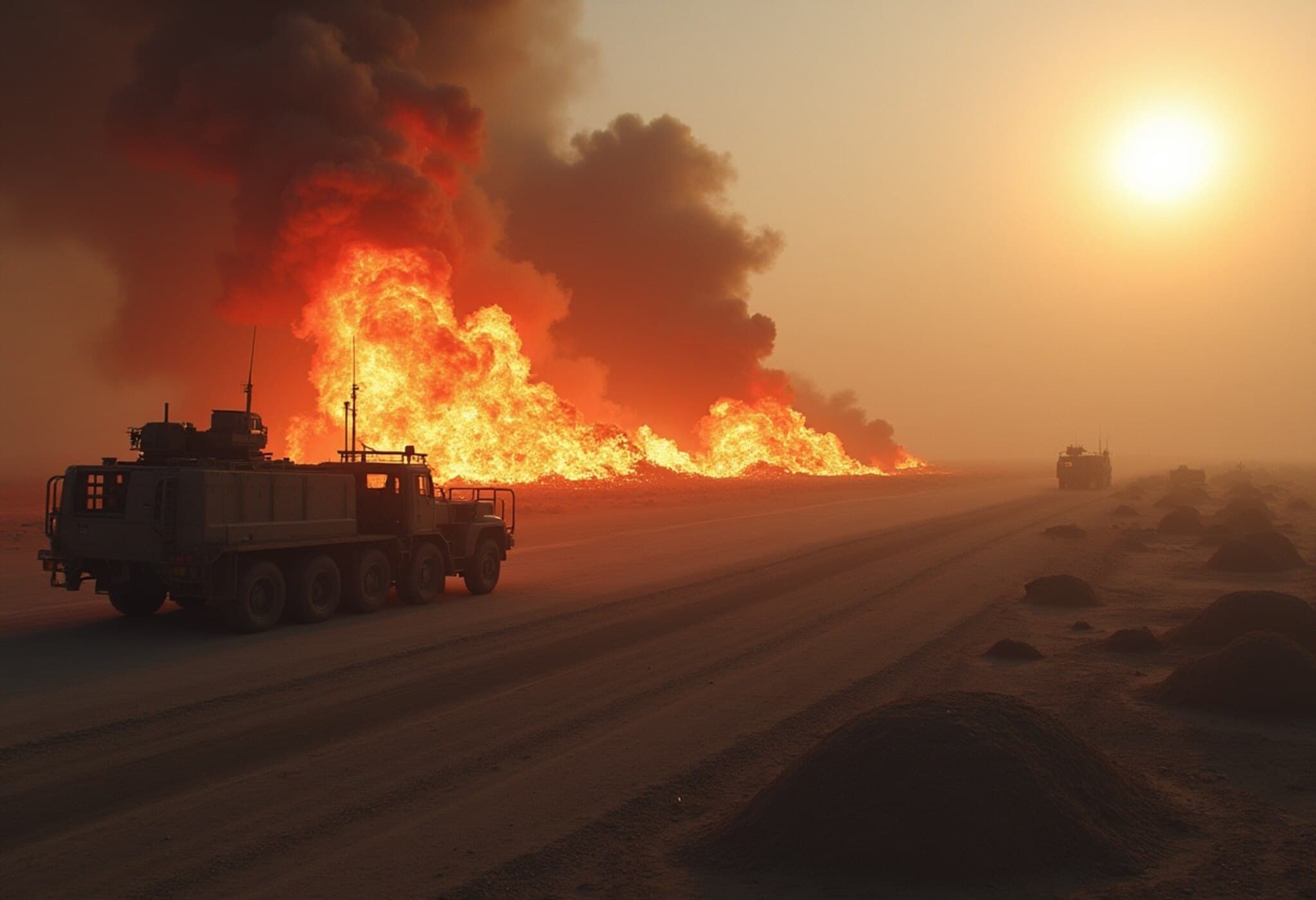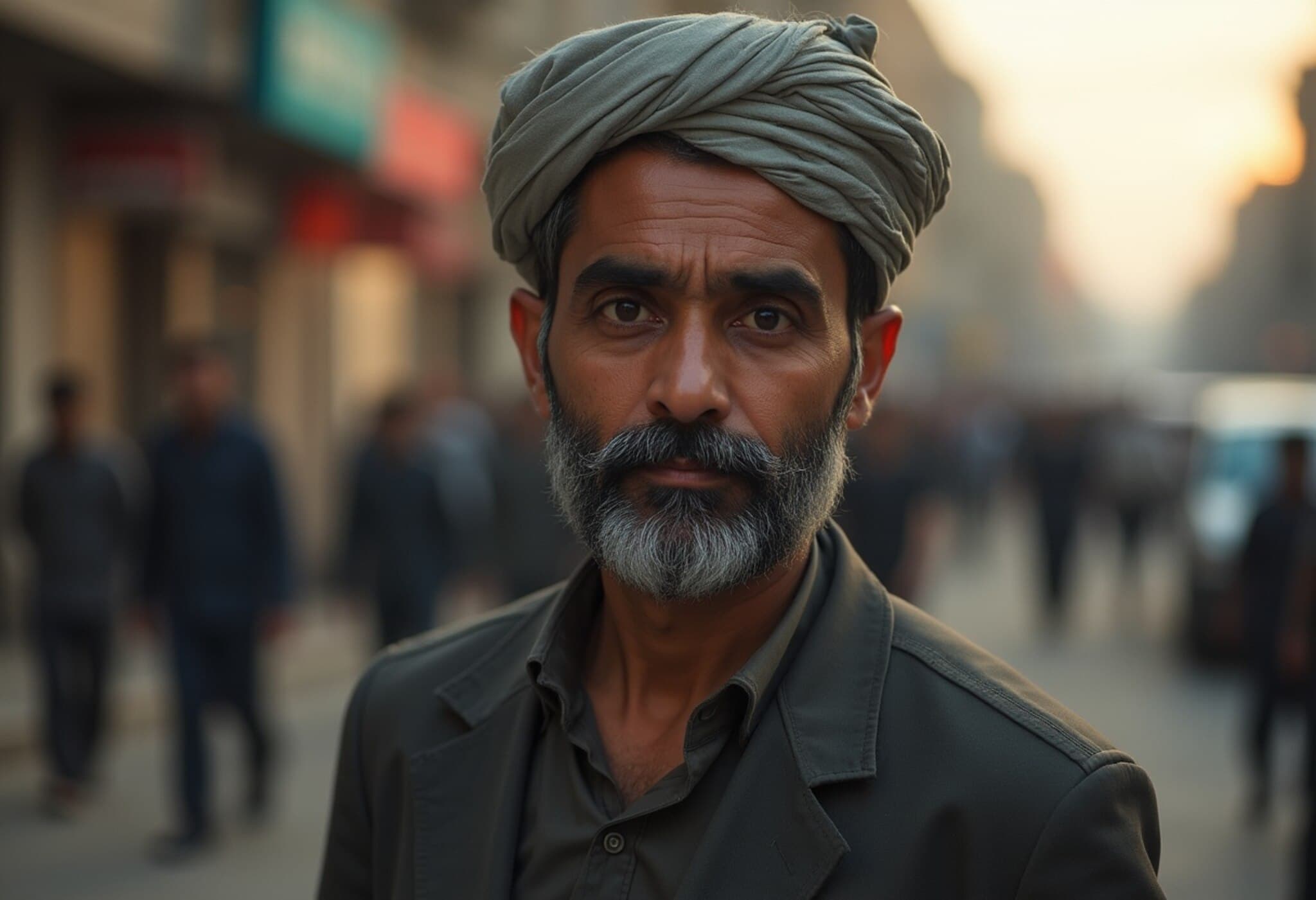Tragedy Strikes Karachi as Five-Storey Building Collapses, Killing 27
In a somber reminder of the challenges facing urban Pakistan, a crumbling five-storey apartment building in Karachi’s Lyari neighborhood collapsed on the morning of July 4, 2025, leaving 27 people dead and many families shattered by grief. Residents reported hearing ominous cracking sounds just minutes before the structure gave way around 10:00 a.m., engulfing entire households beneath the rubble.
The Heartbreaking Aftermath in Lyari
Lyari, a historically marginalized and economically struggling area of Karachi, has long battled issues such as overcrowding, aging infrastructure, and inadequate regulatory enforcement. Once notorious for gang-related violence, efforts over the years have improved security, but fundamental urban development problems persist and contributed directly to this catastrophe.
Rescue teams, led by the government’s swift emergency response unit 1122, have worked tirelessly since the collapse, with spokesman Hassaan Khan confirming on Sunday that most debris has been cleared and the operation is nearing completion. Yet, the pain remains raw for families like that of 54-year-old Dev Raj, who tearfully shared, “My daughter, who married just six months ago, is still under that rubble. She was so sensitive and loved.”
Why Did This Happen? Unpacking the Causes
- Unsafe Building Status Ignored: City authorities had declared this building unsafe and issued eviction notices between 2022 and 2024. However, confusion and misinformation meant many residents never received these warnings, and landlords allegedly failed to inform tenants.
- Structural Negligence: Karachi’s booming population, now over 20 million, has outpaced urban planning, which is burdened by illegal constructions, poor-quality materials, and lax oversight.
- Poor Enforcement of Regulations: Despite laws meant to safeguard residents, enforcement is often ineffective due to corruption, bureaucratic inertia, and political pressures.
A Wider Reflection: Pakistan’s Urban Safety Crisis
Building collapses like the one in Lyari are tragically common across Pakistan, reflecting systemic issues in construction practices and regulatory frameworks. Experts point out that with the country’s population surpassing 240 million, rapid urbanization demands urgent reforms in both policy and enforcement. American urban planners might liken this to the challenges faced in rapidly growing cities worldwide, where infrastructure often lags behind population growth, creating ticking time bombs in vulnerable communities.
Furthermore, the socio-economic dimension cannot be overlooked. Residents in poorer neighborhoods frequently have little choice but to reside in unsafe buildings, with eviction notices sometimes ignored out of necessity, not negligence.
Expert Commentary: What Needs to Change?
Dr. Sana Malik, a leading urban development analyst based in Karachi, stresses, "This tragic event underscores the urgent need for transparent enforcement of safety standards, coupled with community outreach to ensure residents understand and comply with building regulations. Social safety nets should be in place for displaced families to prevent them from falling into deeper poverty post-eviction."
She also advocates for municipal governments to adopt modern urban monitoring technology and stricter penalties for negligent landlords—measures that American cities have employed with some success.
Looking Ahead: The Path to Safer Cities
The heartbreaking collapse in Lyari serves as a wake-up call. Authorities face mounting pressure to address neglected infrastructure, upgrade building codes to international standards, and ensure clear communication channels with residents. As Karachi continues to grow, integrating community voices and prioritizing human safety is essential to prevent future disasters.
Editor’s Note
This devastating building collapse in Karachi highlights deep-rooted urban vulnerabilities common across many rapidly expanding cities globally. While the immediate focus remains on rescue and relief, tackling systemic issues related to urban planning and housing safety is crucial to protect millions. Readers should reflect on the role of governance, socio-economic disparities, and infrastructural integrity in shaping life—and death—in cities today.

